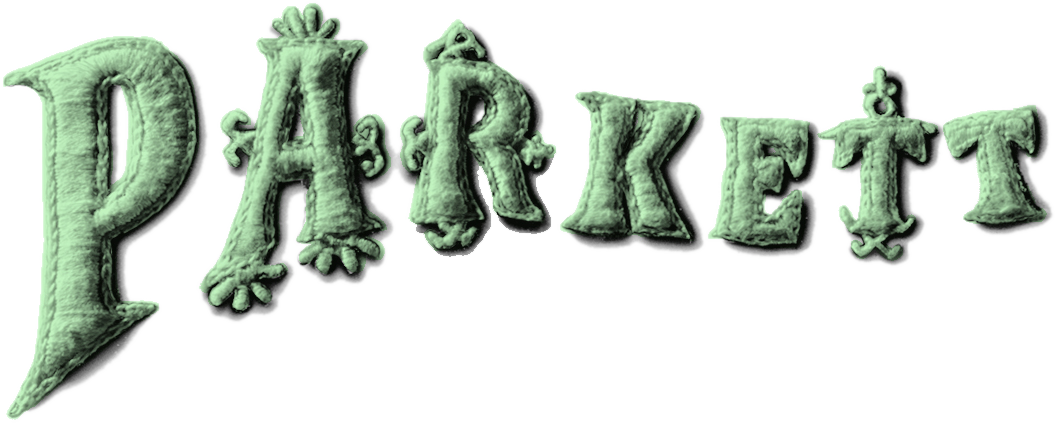Parkett Vol. 52 - 1998 | Karen Kilimnik, Malcolm Morley, Ugo Rondinone
Karen Kilimnik
Read a selected text (PDF)
View edition
Malcolm Morley
Read a selected text (PDF)
View edition
Ugo Rondinone
Read a selected text (PDF)
View edition
Insert Thomas Bayrle (PDF)
Spine Sylvie Fleury
Cumulus
On the Johannesburg Biennale curated by Okwui Enwezor by Hamza Walker (PDF)
On the second Kwangju Biennale by Roman Kurzmeyer
Miscellaneous
Jean-Michel Othoniel by Edmund White (PDF)
U.S. & Canada
Please place your order through our distributor D.A.P. here.
Browse Selected Texts and more on the Collaboration Artists
Artist Insert
Editorial
GRIDS AND SPRING TIDES. The network or the grid, which had already served Dürer, plays a declared role in Malcolm Morley’s paintings. Morley’s remarks tell us, not without self-irony, how indispensable they are to his work. In his finished pictures, however, the grid is not merely invisible; it seems as if the painting process had attacked and dissolved it from within—like a spring tide. For the past decade, Malcolm Morley has been driven by the idea of flow, of colors crashing in on us, of remembrance, psychic realities and the adventurous excitement of blissful childhood. Morley first discovered the cells and atoms of his constructions, or “gems,” as he calls them, in the dedicated act of painting from a source during his photorealist phase. He began to take “forbidden” painterly delight in these particles, lending spatters of paint a startling dynamics, and subsequently endowing the excesses themselves with meaning. In Thomas Bayrle’s Insert, the network itself begins to vibrate, giving rise to a cellular life of an entirely different order. The spine has been designed by Sylvie Fleury. Ugo Rondinone also makes us think in terms of cells: the cell as a cocoon in which the artist has encapsulated himself in suspended animation as if in a trance, while the storm rages all around him. In his Edition for Parkett, all moments stop here and together we become every memory that has ever been, he has felt his way into the innermost being of perfectly formed river-bed stones, in the name, as it were, of humankind. The Polaroid photographs each accompanying the stones (and taken in the artist’s personal surroundings) relieve them of the onus of abstract purity, for they are thus immersed in the personally experienced aura of banality that envelops everyday life. As a whole the photographs form a grid, an ordered system, that has risen out of today’s impure world. When Karen Kilimnik draws, paints, or assembles her objects, she devotes herself to the emotional world that floods out of the sluices opened daily by the tabloid press. It is as if she were trying to test the veracity of this global spring tide, by liberating it from the interference of the fake rationale that ordinarily keeps it in check.
Table of Content
Jean-Michel Othoniel – The Interpretation of Desires by Edmnd White
Richard Serra’s Torqued Ellipses by Neville Wakefield
Karen Kilimnik
The Good, the Bad and the Awfully Beautiful by Collier Schorr
Battles or the Art of War by Bernhard Bürgi
Malcom Morley
Malcom Morley or Painting as Adventure by Enrique Juncosa
On Painting by Malcom Morley
Seasickness by Jean-Claude Lebensztejn
Ugo Rondinone
Grounding by Francesco Bonami
Pictures Came and Broke my Heart by Jan Verwoert
Againt Nature by Laura Hoptman
Thomas Beyrle, Insert
Wahwah – The Sound of Crying or the Sound of an Electric Guitar by Gilda Williams
Invisible Scenario, Les Infos du Paradis by Robert Greskovic
South Africa, Cumulus from America (and Africa) by Hamza Walker
Two Journey to South Korea, Cumulus from Europe (and Asia) by Roman Kurzmeyer
Impossible Weavings by Cecilia Vicuña





